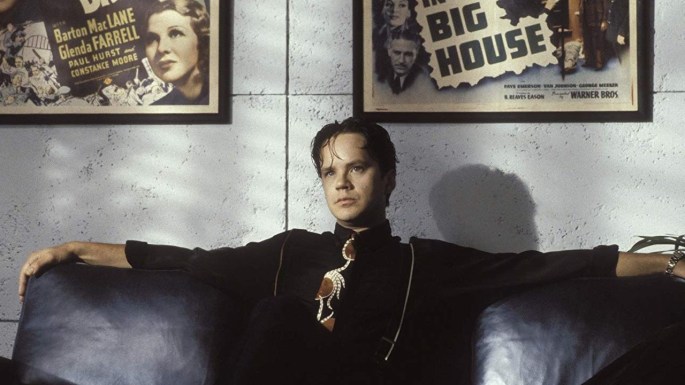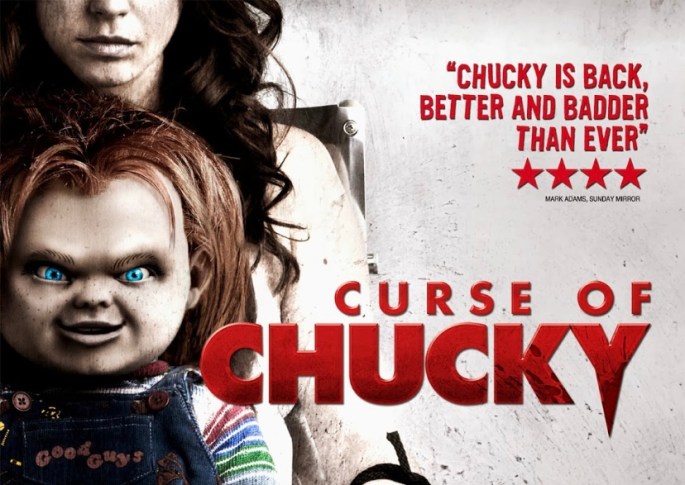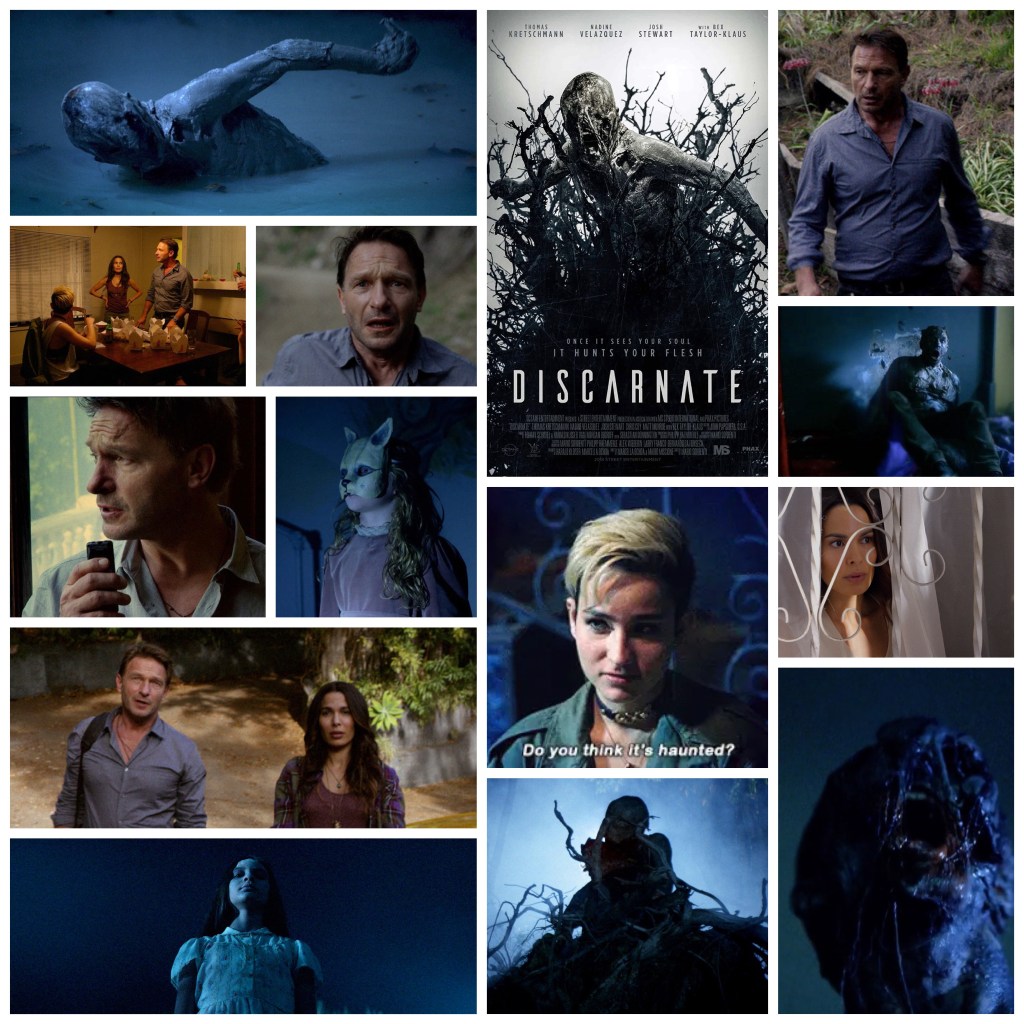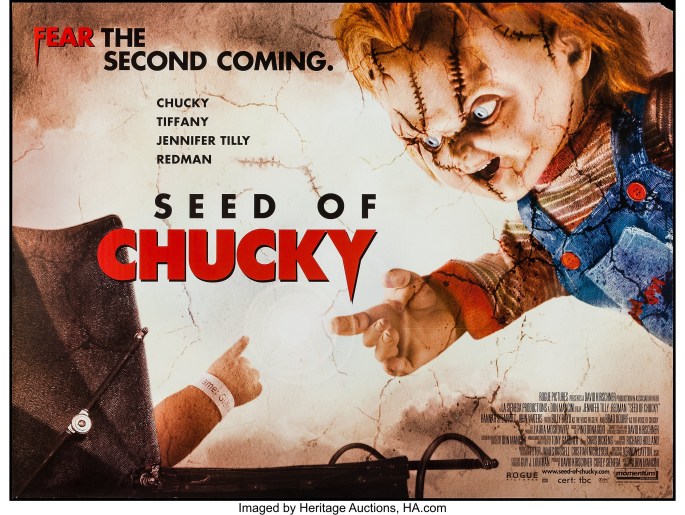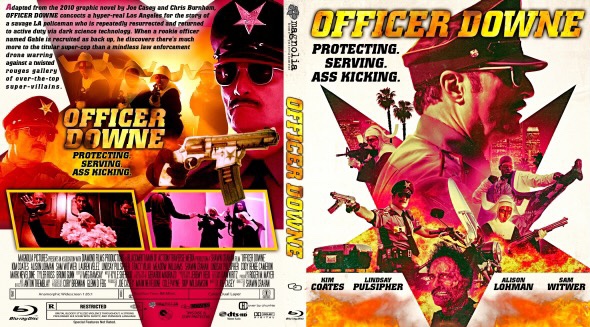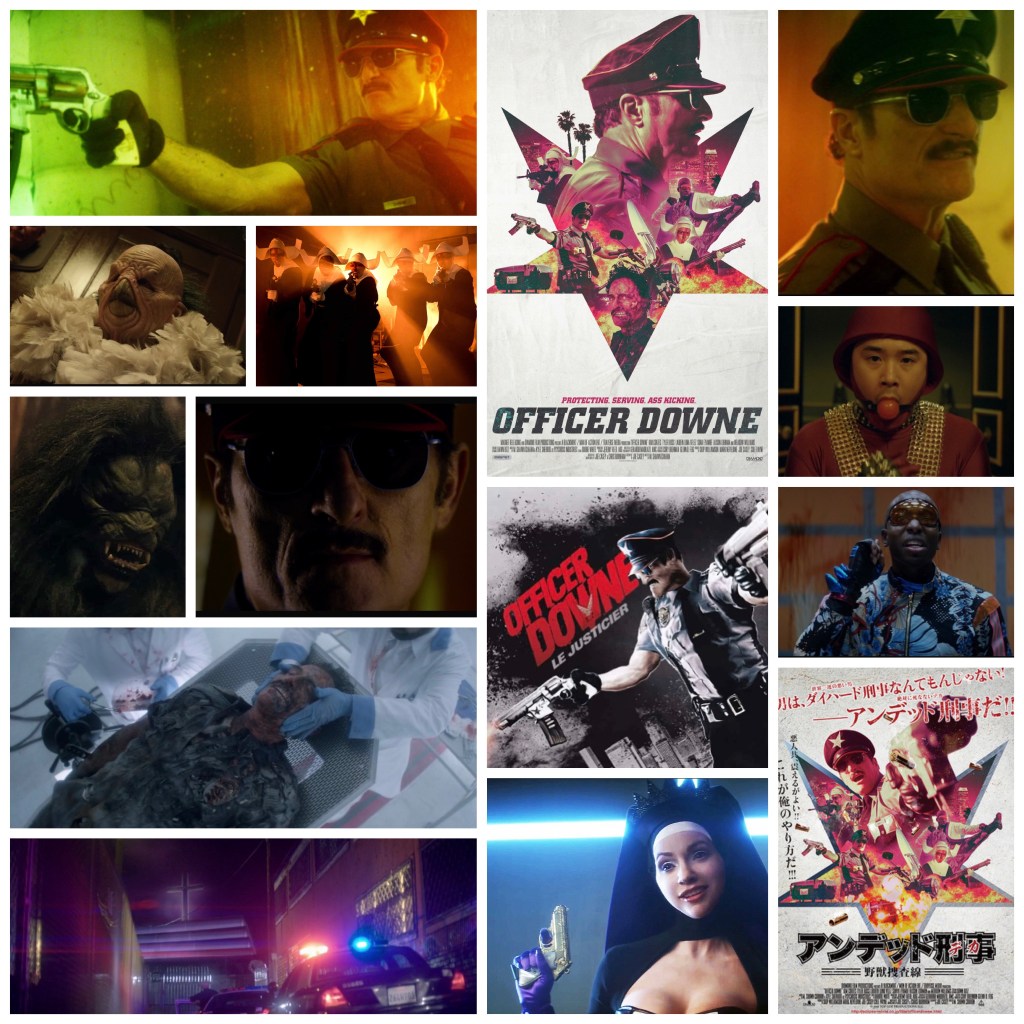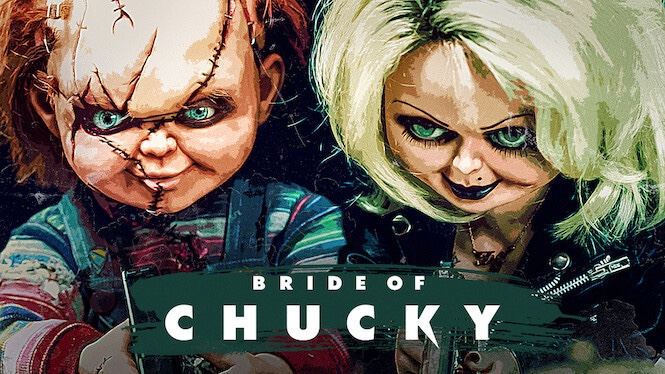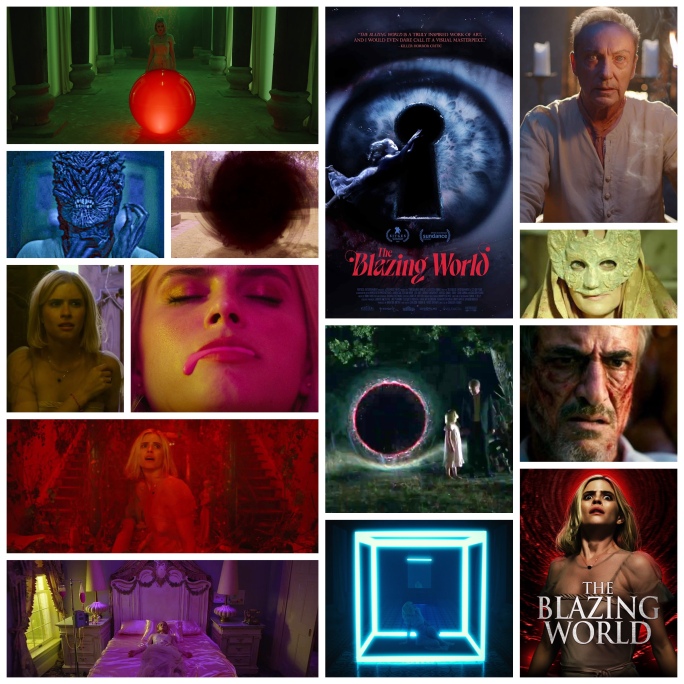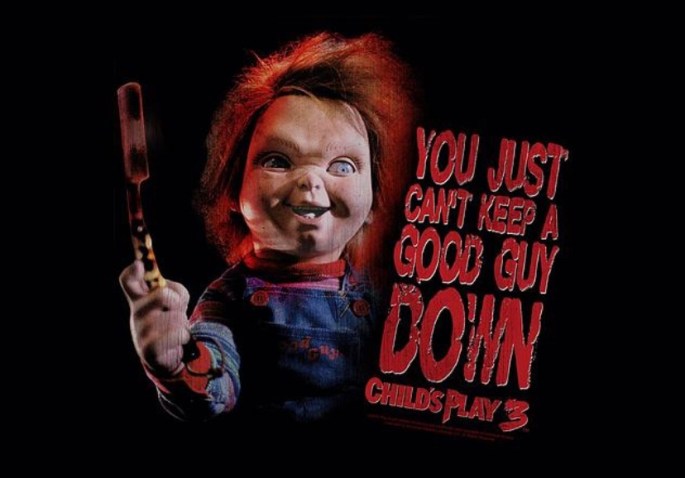It’s remarkable to consider the elements that went into the production of Robert Altman’s The Player, the 1992 adaptation of Michael Tolkin’s incendiary novel from 1988 about the bitter grist mill that is Hollywood. Here was a hot screenplay, written by Tolkin himself, that quite literally took the fiercest of aims at itself with a toughness not seen since Alexander Mackendrick’s The Sweet Smell of Success in 1957. That Hollywood would want to get fifteen feet of it was surprising. That the project would fall into Altman’s lap as he was hazily stumbling out of a decade-long exile in the show business wilderness on the shoulders of his triumphant Vincent & Theo, a miniseries made for British television in 1990 that was then edited and released to stateside theatrical audiences to some of Altman’s best notices in years, was unthinkable. That Altman would use the project with maximum glee to give both fingers to Hollywood with the loudest “fuck you” that he could muster was glorious. That Hollywood participated in and loved him for it, showering him with the kind of accolades and support not felt since about 1975 was as heartwarming as it was puzzling. After all, Altman used the film to charge them with being shallow, amoral phonies and they responded with “we know; welcome to director’s heaven.” For after The Player, Altman was never starved of a juicy theatrical project with A-listers champing at the bit to work with him. As Harvey Keitel’s character said in Altman’s Buffalo Bill and the Indians “Boy, I tell you there is no business like the show business.”
One of Altman’s greatest films, The Player is, on the surface, a neo-noir involving studio executive, Griffin Mill (Tim Robbins), who, after receiving a litany of anonymous, threatening postcards from a writer he once brushed off, accidentally kills an idealistic screenwriter (Vincent D’Onofrio) who Mill believes to be the originator of the postcards. Mill then does his damndest to avoid suspicion and arrest by members of the Pasadena police department (Whoopi Goldberg and Lyle Lovett) while reckoning with the fact that his his position at the studio is in continuous jeopardy due to internal politics.
I say The Player is a neo-noir because the film is awash in both references to shadowy crime films of the past (posters of Laura, The Big House, and Niagara decorate the offices of the unnamed studio in which Griffin toils) and in the attitudes of its characters, most especially studio security chief, Walter Stuckel (Fred Ward), who doesn’t seem to care that movies were made after 1958. Mill himself is not a man who’s been wrongly accused but more like a Colombo antagonist, dipping and ducking the cops while drawing the worst kind of attention to himself by brazenly dating the dead man’s girlfriend (a fantastic Greta Scacchi).
This is a strong film made stronger by the details. Not only is the main story of the beleaguered executive utterly compelling, the studio politics swirling about are fascinating, revealing an industry not to terribly different from any other despite its high-powered glitz. Gina Gershon’s ambitious assistant is an easy character to miss on a first watch but a real joy to observe on repeat viewings as she slyly moves with the winds of corporate change. Like the best of Altman’s work, this film has a life beyond its central story. The movie’s color palate, captured brilliantly by cinematographer Jean Lepine, gets darker and darker as the film goes on and as the characters become more and more corrupted. When Robbins and Scacchi beat retreat to a desert hot springs, they wander about as if they are in a Stygian hell, both of them sweating profusely during a sexual encounter and then, in the bright daylight and finding themselves both morally compromised, they relax in a vat of mud. Even therapeutic measures taken by the characters look dirty and unclean.
And if one thinks the film is just aimed at the upper crust of Hollywood, it should be mentioned that The Player spares absolutely nobody. Even writers are portrayed as pretentious, failed artists who cannot reconcile the fact that Hollywood is a machine that produces content that might accidentally stumble into being art; folks perpetually screaming into a void about quality, grit, and realism in a sausage factory.
Ten years after the alumnus of the New Hollywood movement had mostly become for-hire workhorses in an industry overtaken by corporations and accountants, the Hollywood in The Player is bursting at the seams with buzzy soothsayers who spend their days reducing movies down to one sentence and twisting them in the lights of various movie stars to see just how much money could be made with the right alignment. They’re able to pinpoint what makes money and what doesn’t by dispassionately rattling off a litany of attributes necessary for a film to be successful as if it were second nature.
Due to its extensive roster of incredible cameos, The Player also now functions as a Hollywood graveyard in perpetual motion, both literally and figuratively. On one hand, each year seems to bring the end of one of the many faces seen on the margins or in the cast of The Player and, as of this writing, the light of the seemingly indestructible star that was Dean Stockwell is the most recent to go dark. Julia Roberts, a fresh-faced talent when cameras rolled on this film is now a long-time vet, replaced many times over by Americans Sweetheart. Bruce Willis, such an A-list action star that his name and appearance is a running gag in the film, is now relegated to tongue-in-cheek action films for the AARP set. The specific brand of Hollywood that was in flux in 1992 is, in the waning days of 2021, a thing of the past.
And, of course, no conversation about The Player can occur without the mention of its breathtaking, staggeringly choreographed, eight and a half minute opening shot. To give some kind of measure to the difficulty in getting the shot from its opening image to ending on a cryptic postcard message that is read by the audience between two slats in a set of Venetian blinds, pulling it off in one take is like diving off the edge of the Grand Canyon in the hopes that you’ll stick the landing in an area with the circumference of a shot glass. And the self reflexive nature of the shot is stunning. Buck Henry shows up in the shot to pitch The Graduate Part II just as a conversation about Julian Temple’s long take in Absolute Beginners is referenced; Henry himself having participated in Temple’s “one-take” piece in Aria, an omnibus film from 1987 to which Altman also contributed. This is a movie about movies and, moreover, Altman always wants you to be aware of that. Before the action even begins and the first onscreen credit is witnessed, Altman allows his voice and the slate marker to be heard and witnessed, all in front of a tapestry of a filmmaker in action. We’re always looking through the looking glass that’s three panes deep.
And what we see is Hollywood as a poisonous food chain perpetually getting fatter, more desensitized, sleazier, and more desperate as the times change. “Movies… now more than ever” is the motto of Griffin’s studio that’s on the hamster wheel that will inevitably break down and will likely someday be swallowed by a giant whale. What more imagination can be expected from a place where decisions are made by a guy who, when told of a movie idea about a planet with two suns, automatically wants to know who plays the sons?
(C) Copyright 2021, Patrick Crain
